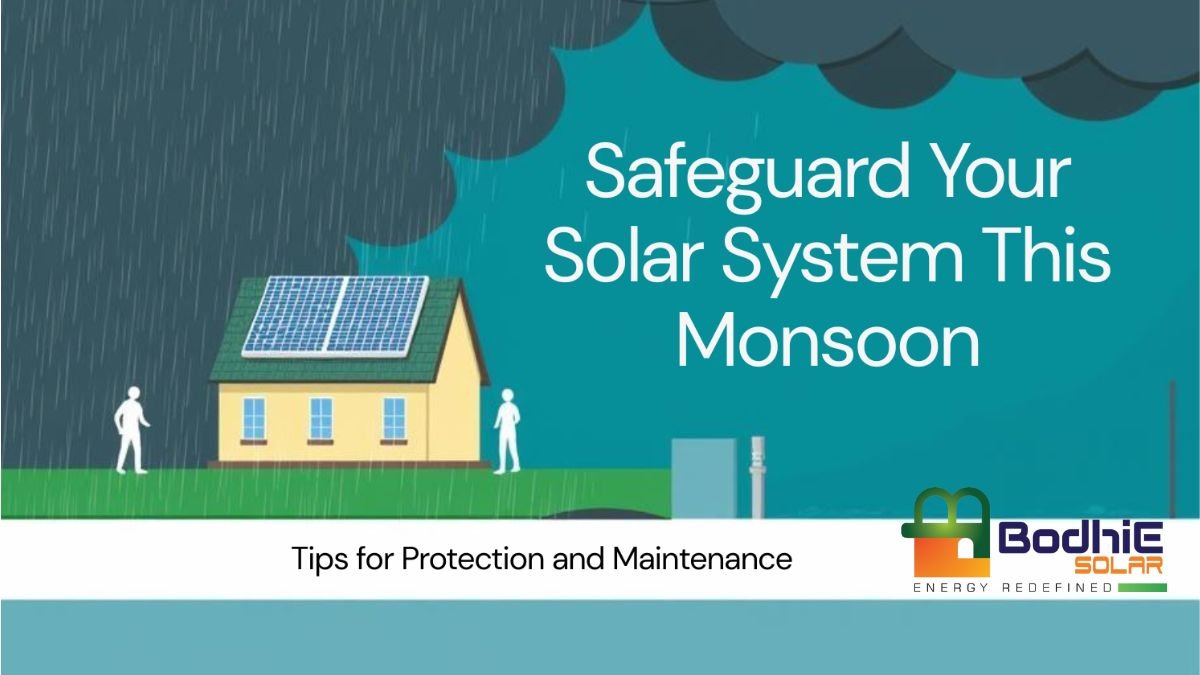In order to choose the right solar inverter for Indian conditions, it’s important to consider factors specific to the region, such as its climate, grid infrastructure, and energy needs. Here’s a guide to help you make the right decision:
- Understand the Types of Solar Inverters
- In residential solar systems, string inverters are most commonly used. A single inverter controls multiple solar panels. In areas with minimal shade, this product is suitable.
- Microinverters are ideal for areas with frequent shading or varying panel orientations because they are placed under each panel. Although they are more expensive, they can increase system efficiency.
- For large commercial and industrial installations, central inverters are used. They are more cost-effective for large systems, but are not suitable for small residential systems.
- An inverter that combines solar energy with a battery storage system is known as a hybrid inverter. Ideal for areas with frequent power cuts.
- Consider Efficiency and Conversion Rates
In India, where high temperatures can reduce the efficiency of solar panels, it’s important to choose an inverter with high efficiency. Look for an inverter with:
- Maximum Efficiency: Ideally above 95% for optimal performance.
- European Efficiency: This reflects the inverter’s performance under standardized test conditions, generally more significant than peak efficiency.
Inverters should be able to perform efficiently even at higher temperatures, so look for high thermal tolerance (rated to handle temperatures of up to 50°C or more).
- The size of the system
Match the inverter’s capacity with the capacity of your solar panel system:
- If you have a 3 kW solar system, opt for an inverter rated at 3 kW or a little bit higher.
- The inverter should be sized slightly above the peak power output of your system to handle occasional power surges.
- Durability and Build Quality
India experiences diverse weather conditions such as intense heat, humidity, dust storms, and sometimes heavy rains. Look for an inverter with:
- IP Rating (Ingress Protection): This ensures the inverter is dustproof and can withstand some levels of water exposure. Choose an inverter with at least IP65 or higher.
- Warranty: Ensure that the inverter comes with a minimum 5-year warranty, with the option to extend it. Some brands offer up to 10 years.
- Grid compatibility
Solar inverters should be compliant with local grid standards to prevent issues with the utility provider.
- Check for BIS (Bureau of Indian Standards) certification.
- Ensure that the inverter is compatible with India’s 230V single-phase or 400V three-phase grid, depending on your setup.
- Inverters should be able to handle voltage fluctuations in grid supply and provide anti-islanding protection, which prevents them from supplying power when the grid is down.
- MPPT (Maximum Power Point Tracking).
MPPT technology ensures that the inverter operates at the optimal voltage and current for the highest energy yield. A good inverter will come with multiple MPPTs (preferably two or more), especially if you have panels facing different directions (e.g., east and west). This maximizes the energy harvested throughout the day, especially in a country like India where the sunlight varies in intensity.
- Efficiency at High Temperatures
India is known for its hot climate, particularly in summer. High temperatures can affect the efficiency of both solar panels and inverters. Ensure that the inverter has cooling features or is designed to function optimally at higher ambient temperatures.
- Brand Reputation and After-Sales Service
Choose an inverter from a well-known, reliable manufacturer with a reputation for durability, customer service, and spare parts availability. Some reputable brands in India include:
- Solis
- Solaire
- Enphase –
- Florinus
- SMA
- Hoymiles
It’s very careful to select a company with a local service network for quick troubleshooting and repairs.
- Price and Budget
The price of an inverter varies based on its type, capacity, and brand. While choosing a solar inverter, balance cost with the benefits of higher efficiency, better durability, and a longer warranty. While higher-end models may cost more, they offer better long-term reliability and savings on electricity bills.


Leave A Comment